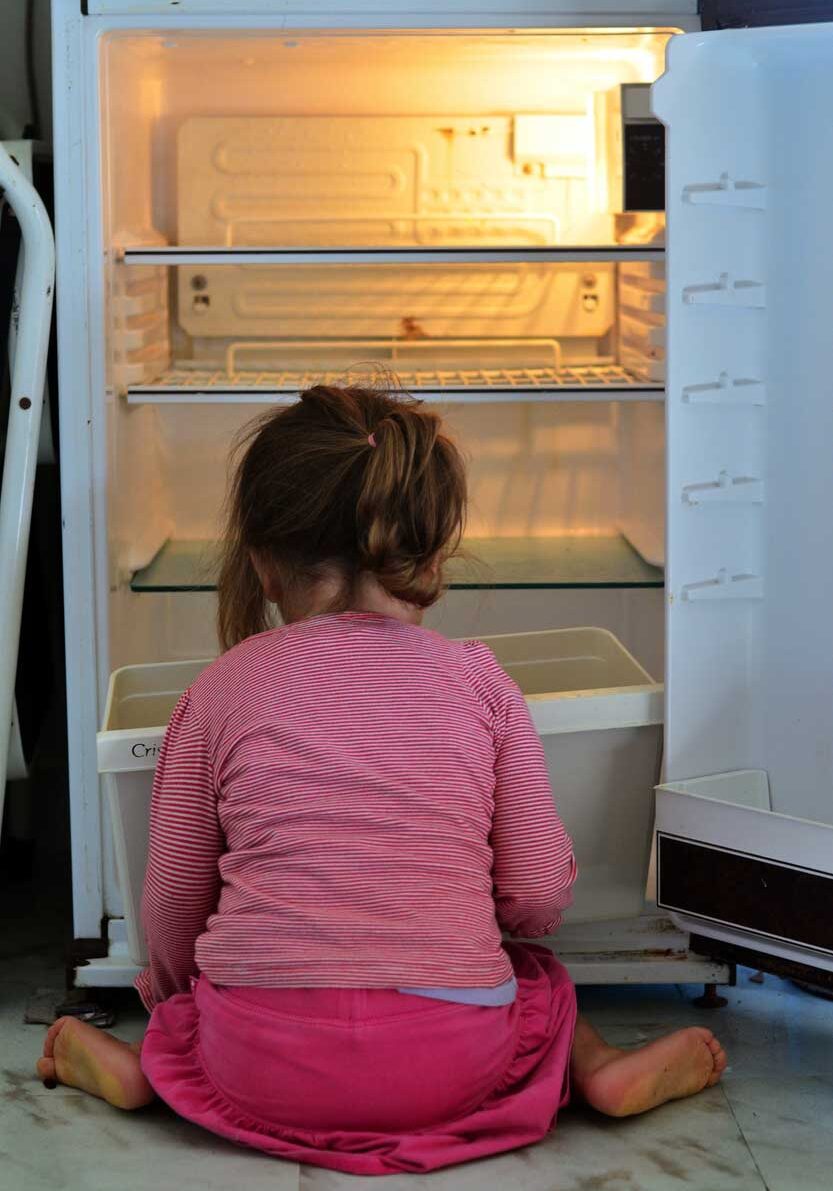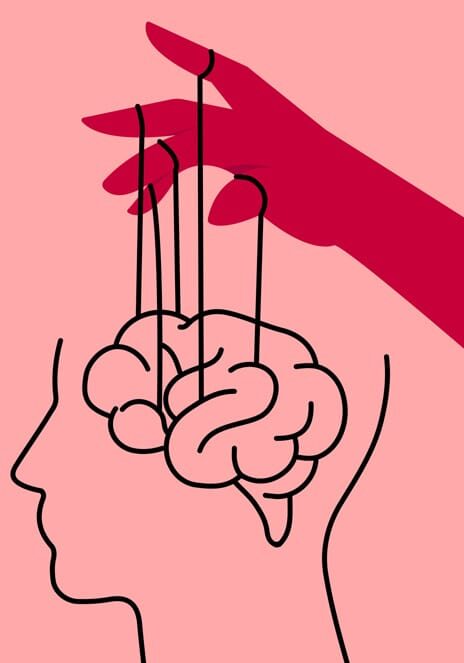Key factors contributing to child sexual exploitation
It is important to be aware that sexual exploitation of children is the product of the environment in which it occurs. This often includes poverty.
Poverty
Poverty is one of many factors that can contribute to child sexual exploitation in New Zealand¹. Poverty is a significant issue that affects various segments of the population, particularly children, Māori, Pasifika, and people with disabilities.
Key Factors Contributing to Poverty:
- Income Inequality
- Housing Costs
- Child Poverty
- Māori and Pasifika Disparities:
- Welfare and Social Support
- Employment Issues
Child Poverty in New Zealand
New Zealand has official child poverty measures which originated from the Child Poverty Reduction Act, 2018. Statistics New Zealand reports annually on the nine measures of child poverty.
The 2022–2023 report indicated that one in every eight children experienced material hardship in the last financial year. That is 12.5% of the total number of children in New Zealand.
There is a significant link between poverty and child sexual exploitation in NZ. Poverty is a major factor contributing to the vulnerability of children to sexual exploitation. Māori face higher risks due to elevated levels of poverty, abuse and neglect.
¹ Children and young people in poverty are at a higher risk of exploitation (Pate et al., 2021).

Pornography
Pornography is different to child sexual exploitation and is legal in NZ. However, as pornography can create potential harm, we have provided references to sites that may be helpful, including how to talk to kids about pornography, including research on such as ‘keep it real’. Refer Support section for further detail.
It is essential to differentiate between pornography and child sexual exploitation, as they are very different and should not be conflated. There is an association between use of pornography and online child sexual exploitation. This exposure can contribute to harmful perceptions and behaviours potentially normalising online child sexual exploitation.

Online child sexual exploitation
The issue of online child sexual exploitation is a serious global concern, including in New Zealand.
In New Zealand, online child sexual exploitation is defined under the Films, Videos, and Publications Classification Act 1993 and the Crimes Act 1961. The definition and relevant provisions are focused on protecting children from exploitation and ensuring that any material depicting them in inappropriate or illegal ways is prohibited.
According to New Zealand law, online child sexual exploitation includes²:
- Material Depicting Minors in Sexual Activity
- Material That Appears to Depict Minors Material
- Exploiting or Abusing Children.
The penalties for offenses related to online child sexual exploitation are variable and often do not reflect the serious nature of these crimes. The law provides for significant prison sentences and fines for those involved in the creation, distribution, or possession of such material. Additionally, New Zealand has strong measures in place to prevent the online spread of such material and to protect victims.
Despite these measures, over one million attempts to access websites harbouring child sexual abuse material were blocked by Department of Internal Affairs in 2023³.
The contributing factors of online child sexual exploitation
This is complex and multifaceted, often involving a combination of societal, psychological, and technological factors. Here are some of the primary causes and contributing factors:
- Technological Accessibility
- Lack of Awareness and Education
- Psychological and Social Factors
- Criminal Networks
- Legal and Enforcement Challenges
New Zealand has robust legal frameworks to combat online child sexual exploitation, including the Crimes Act 1961 and the Harmful Digital Communications Act 2015. Authorities and organisations in New Zealand actively work to prevent and address this issue through law enforcement, public education, and support for victims.
Child sexual exploitation, in particular, online child sexual exploitation is the product of the environment in which it occurs and can be influenced by pornography.

